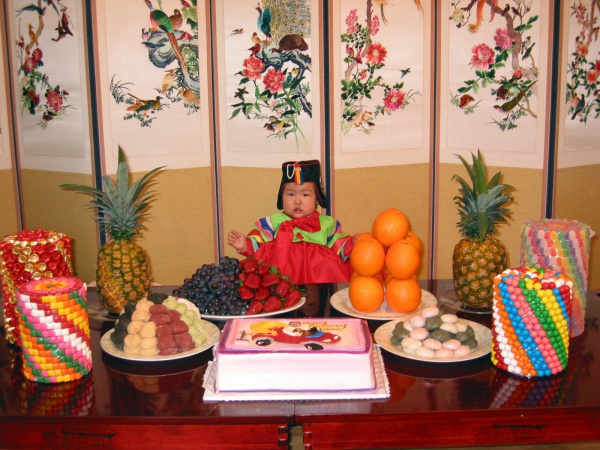Facts About Korean birthday celebrations
Korean birthday celebrations, known as Dol, are a cherished part of Korean culture, marking significant milestones, particularly the first year of a child's life. During Dol, families offer traditional prayers to deities like Sanshin and Samshin. The baby wears colorful, ornate clothing called dol-bok, enhancing the festive atmosphere.
A highlight of the celebration is the Toljabee ritual. During this ritual, the baby chooses from a variety of items, each symbolizing different future paths, to predict their destiny.
Other important Korean birthday traditions include Seire, celebrated 21 days after a baby's birth to honor their well-being, and Baek-il, a 100th-day celebration where offerings are made to Samshin for protection and good luck.
When a person turns 60, they celebrate Hwangap, marking the completion of the 60-year cycle in the Korean zodiac.
Coming-of-age rites also hold significant importance. For boys, this transition happens at 20 and for girls at 15. Boys tie their hair into a top knot and are tested for strength by lifting a heavy rock. Girls roll their braided hair into a chignon and secure it with a Binyeo, a long ornamental hairpin, symbolizing their transition into adulthood.
These celebrations are vibrant expressions of Korean cultural traditions, emphasizing the importance of family, blessings, and heritage.

 North Korea
North Korea